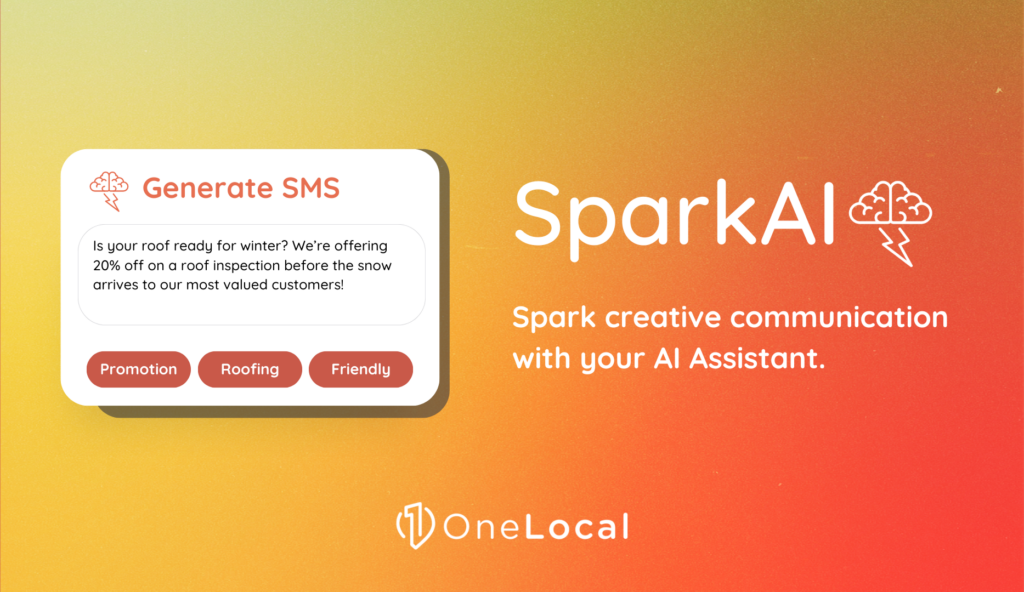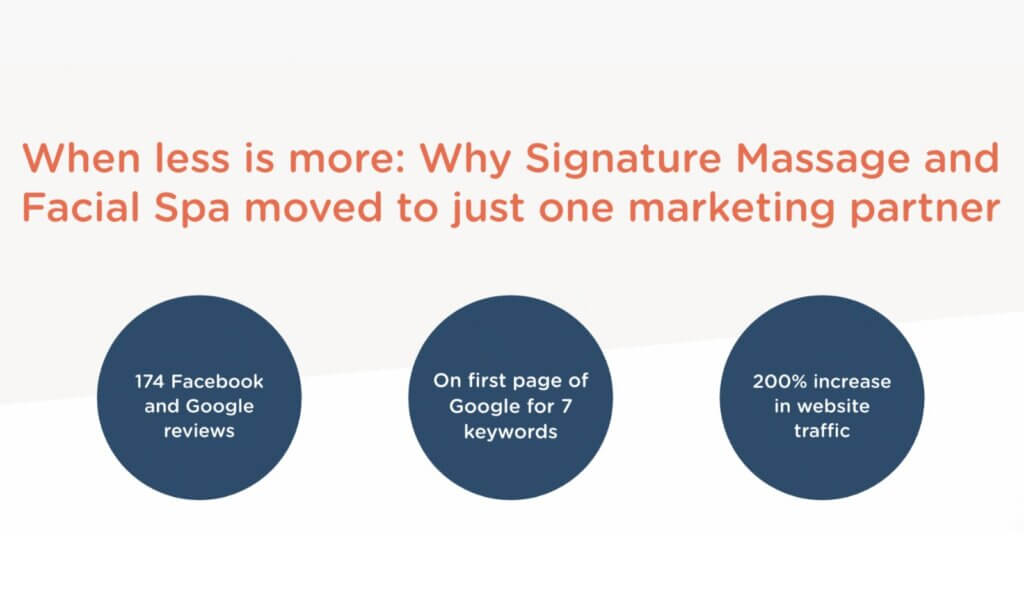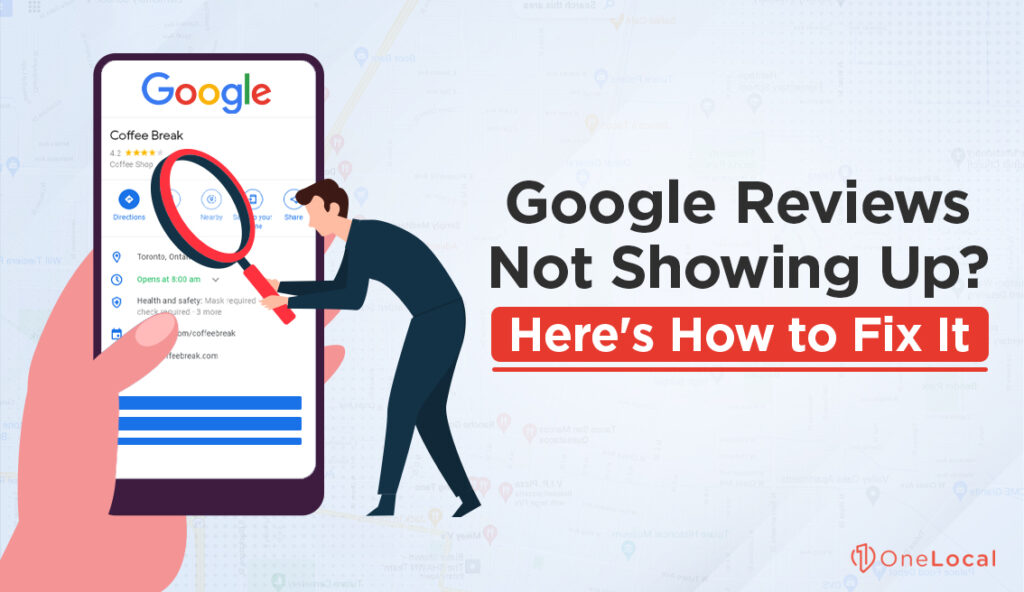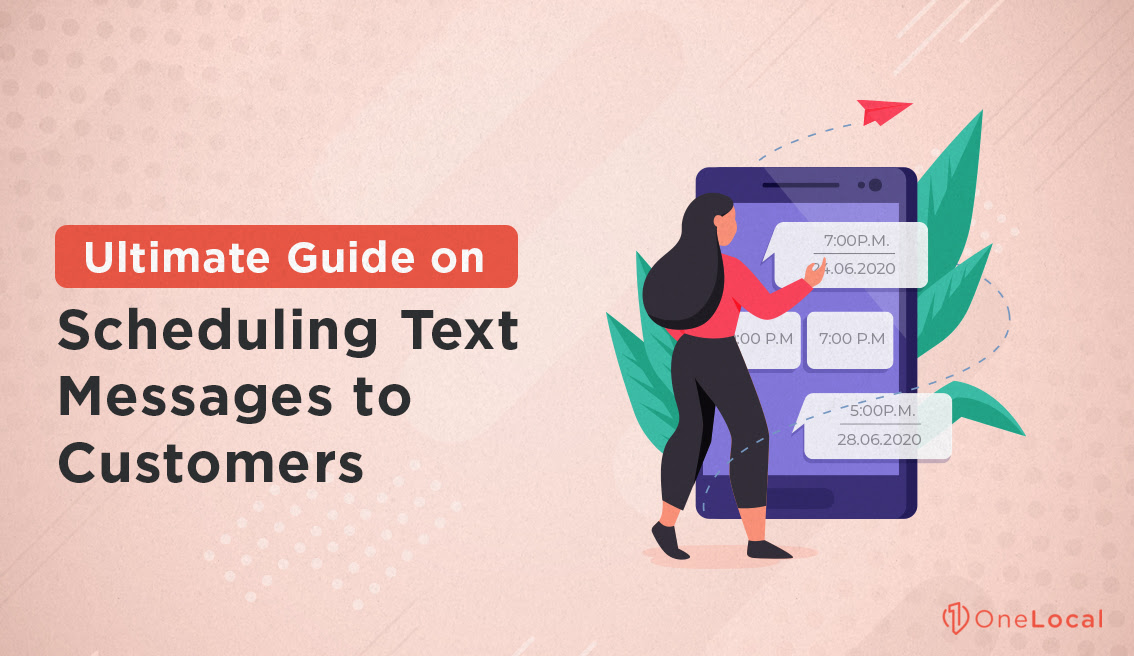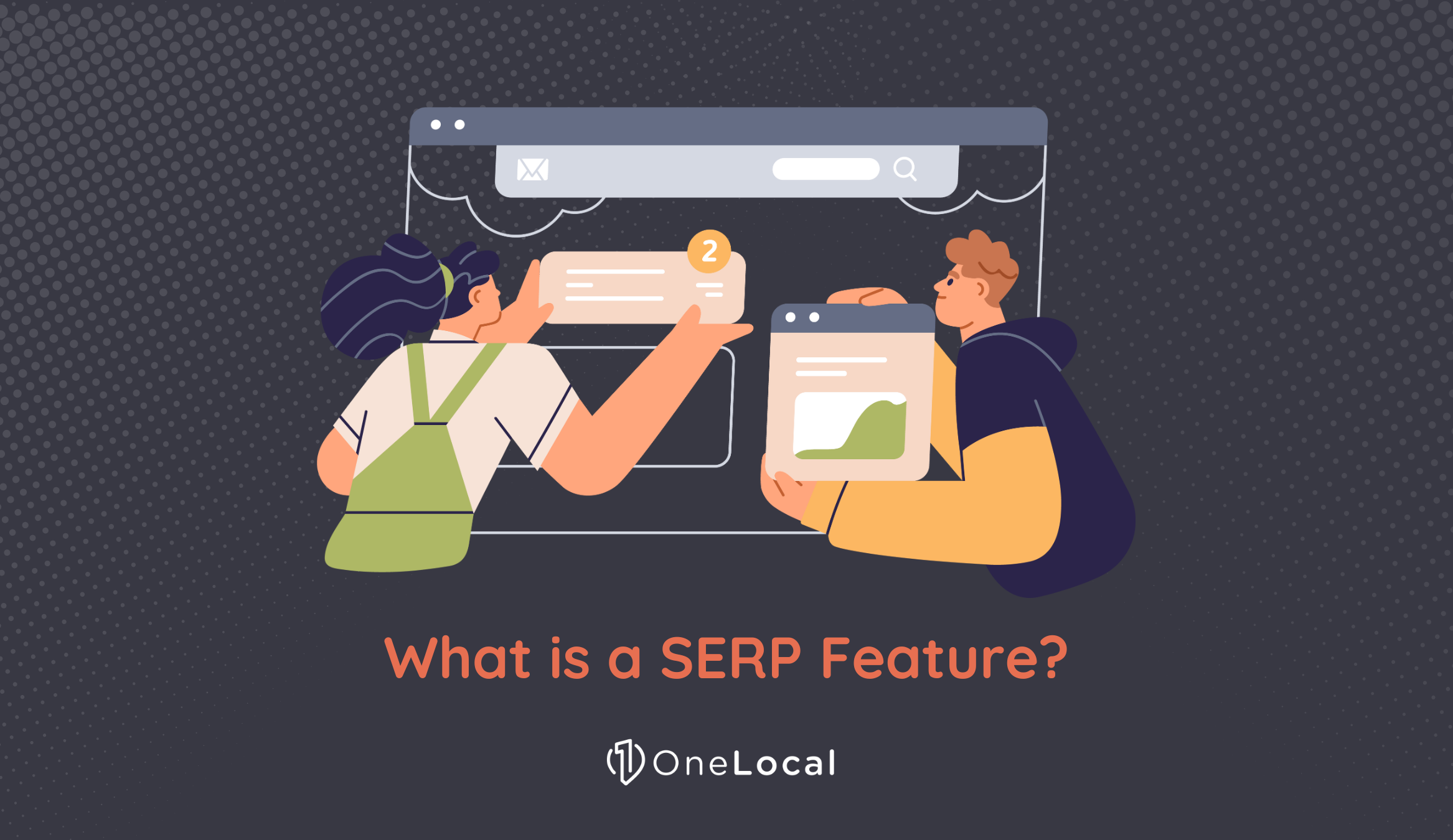Texts planned in advance are not just handy; they’re a major tool to increase customer chats and nail down business wins. This guide is your friend, whether you’re a doctor trying to limit no-shows or a store owner getting ready to draw in your customers with deals at the perfect time.
We’ll talk about how different areas use it, its value in customer service, and how simple it is to mix into your general marketing strategies. Get ready to find out how powerful scheduled text messages can be and totally change how you connect with your customers.
Let’s jump right into it!
Use Cases of Scheduled Business Texts
Scheduled texts are those that are planned ahead of time and rely heavily on automation and your existing customer list. They’re a powerful tool in many sectors, including marketing, customer service, sales, and setting up reminders for appointments. This is due in part to their high open rate; text messages are opened at a much higher rate than emails and you don’t have to worry about getting stuck in somebody’s junk box.
Let’s dig into a few examples:
In SMS marketing, businesses have ample opportunity to set up scheduled messages. These could include promotional materials, updates about events, status reports, and important reminders about appointments. For example, a business might use a scheduled text to send a warm welcome message to a new member or to send out a discount code to spark customers’ interest. It’s a great example of how scheduled messages are a helpful ally for appointment changes, too; like when a chiropractor needs to notify a client about a change or send reminders for important business calls.
Now, about customer service. Businesses leverage scheduled texts to elevate their service game big time. A cool example is engaging in conversations with guests via text messages, which can both improve customer satisfaction and increase customer spending.
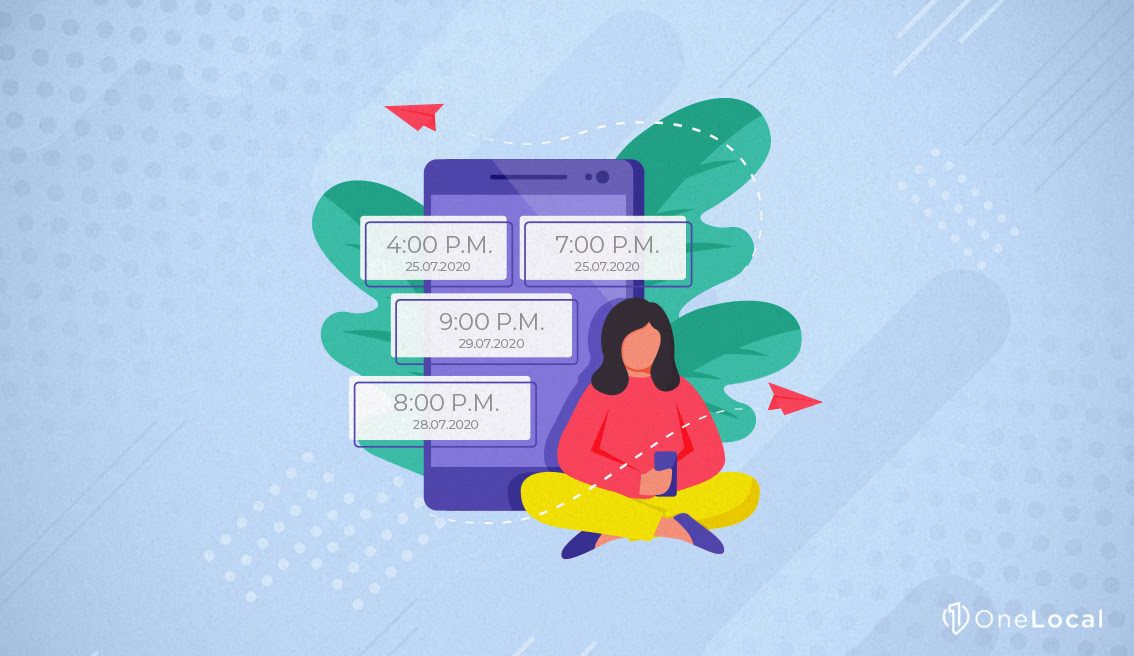
Sales teams aren’t left behind, either. They use scheduled texts to build and strengthen relationships with new and existing customers. A friendly text after a successful business deal or to introduce a new account executive are just a couple of ways they make use of scheduled texts. Or, you can use text messages to automatically follow up on leads your team hasn’t closed yet. A small set-it-and-forget-it strategy like this could potentially double your close rate overnight – that’s the power of scheduled text messages!
Delivery companies use scheduled messages, too. To confirm delivery status and keep customers in the loop about what’s happening before and after delivery. For example, a loyal florist might send a text message with real-time and automatic updates on their customer’s flower deliveries, reducing the load on their phone lines and overall customer support.
Then there’s event management. It’s another area where scheduled texts are very useful; everything from handling event questions and RSVP confirmations to sending reminders can all be covered by automated texts.
The use of scheduled texts is something worth looking at. They’re not only proven to boost brand visibility and draw in new customers, but they also help retain existing ones, upgrade customer service, and ramp up sales!
Best Practices for Timing and Frequency
The timing of your text messages is critical; it can make or break the success of your customer outreach. And when it comes to texting your customers, this couldn’t be more real. Hit the sweet spot and you’re a welcome ping in their day; get it wrong and into the digital void you go.
You want to stay on your customer’s radar without becoming a nuisance. So, how often should you text? Think of Goldilocks— not too much, not too little, just right. Once a week, I can keep them informed without overwhelming their inbox. But don’t just go with a standard approach; take note of your target audience’s reaction and adjust as needed.
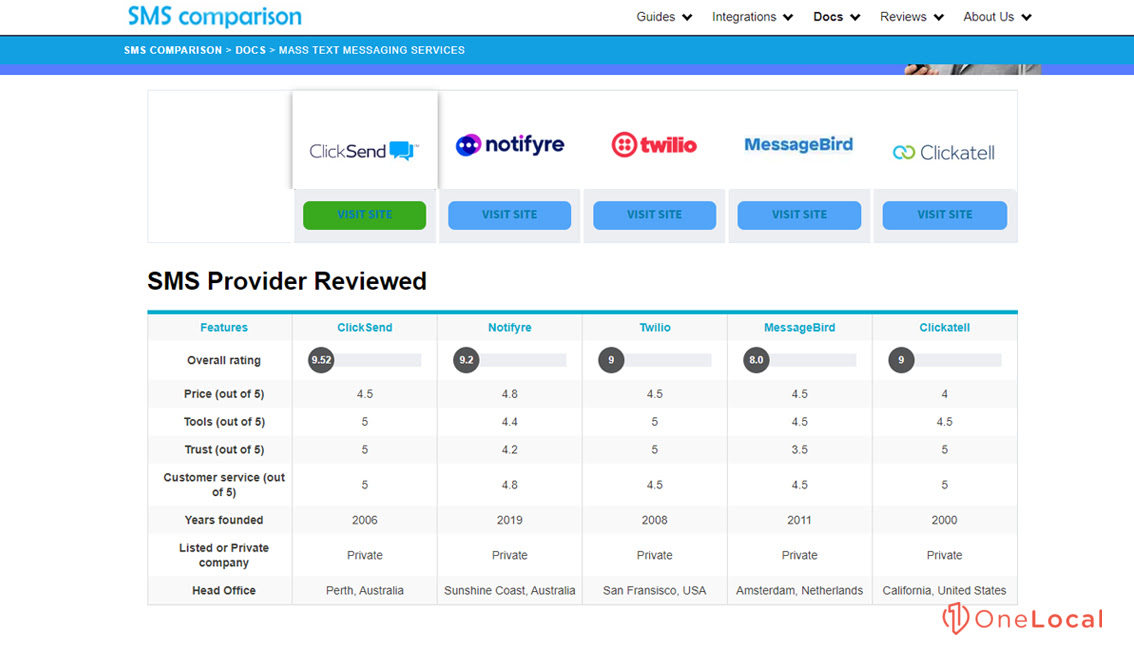
A study from SMS Comparison found frequency preferences vary by industry. Retailers might get away with sending everyday deals because who doesn’t love a bargain alert? Meanwhile, service providers might stick to appointment reminders or occasional updates.
What’s the prime time for getting across your messages effectively? You should opt for moments when people will likely check them. Now, picture a typical Monday morning scenario around 9 AM. People could be busy chugging coffee and trying to shake off their sleepiness. Maybe, they aren’t quite ready to digest any promotional content. Having a look at lunch or early evening could be more fruitful. This is when everyone typically takes a pause to unwind. Moments like these can be perfect for grabbing people’s attention.
It’s good to keep in mind your customers’ regular habits are important too. If you send a message during standard working hours, it could work very well for business-to-business communication. But, it might provoke annoyance from those who are more night owl types or those who take their fun seriously on weekends.
It’s important to keep up a steady routine, but don’t overdo it – unless you’re into producing and selling the canned meat kind of stuff. We’re talking about spam! We’ll talk a bit about this in the next section.
Text Message Laws and Compliance
Scheduled text messages aren’t as simple as setting an alarm, especially when you’re dealing with legal limitations. You might want to view a customer’s phone like a digital billboard that’s easy to reach, tucked away in their pocket. You need to be extra careful to make sure you’re allowed to post content there.
It’s important to be aware of what the law says about this. The Telephone Consumer Protection Act, or TCPA for short, gives some strict rules when it comes to business texts. It’s clear businesses need to get a yes in writing or online from the person they’re texting before they can send any promotional messages. That means no sneaky pre-checked boxes and no guessing someone’s okay with texts just because they bought something before.
Let’s take this a bit further – if you’re dealing with customers outside of the US, there are different rules. Customers in Europe have the GDPR to protect them. It’s a lot like the TCPA but stricter; GDPR makes sure people can directly say if they give permission and gives them control of their data. This means they have the right to ask about personal info businesses have or tell the businesses to completely erase this info.

The key message here is to always make sure you’ve got a clear opt-in before you start texting someone. You can get in hot water for sending unsolicited text messages and there have been thousands of lawsuits over this. Make sure visitors opt-in and have a clear way to opt-out. A big part of this is choosing the right provider.
Integrating Text Message Scheduling with Marketing Strategies
To understand the concept of your marketing mix, think of it as similar to baking a cake. Your marketing mix is made up of elements like your website, social media, email, and other content. Have you taken a moment to consider what the frosting on your marketing cake would be? Yep, scheduled text messaging. Don’t just randomly shoot off texts. Instead, give them a firm position within your broader plan; this assures the messages land on target and on time.
How does an attractive offer, sent exactly when your customers are most likely to respond, sound to you? Pretty useful, right? SMS solutions like LocalMessages can help make this task much simpler – it’s sort of like having another pair of hands for your project. If you combine this system with customer relationship management (CRM) systems using Zapier, you can make sure messages get to customers shortly after they sign up or buy something. Timing is all important.
Strategic planning plays a major role in getting the timing right. Let’s use an imaginary salon as an example business, where people usually crave some relaxation around 5 PM on Fridays after a hard week at work. Here’s your golden opportunity to connect with them, especially with the high likelihood of them having their fingers hovering over your “Book Now” button.
Understanding what your customers want is key. The early birds among your customers may appreciate catching sight of your deals first thing as they start their day. On the other hand, the night owls might react more positively if you reach out a bit later in the day.
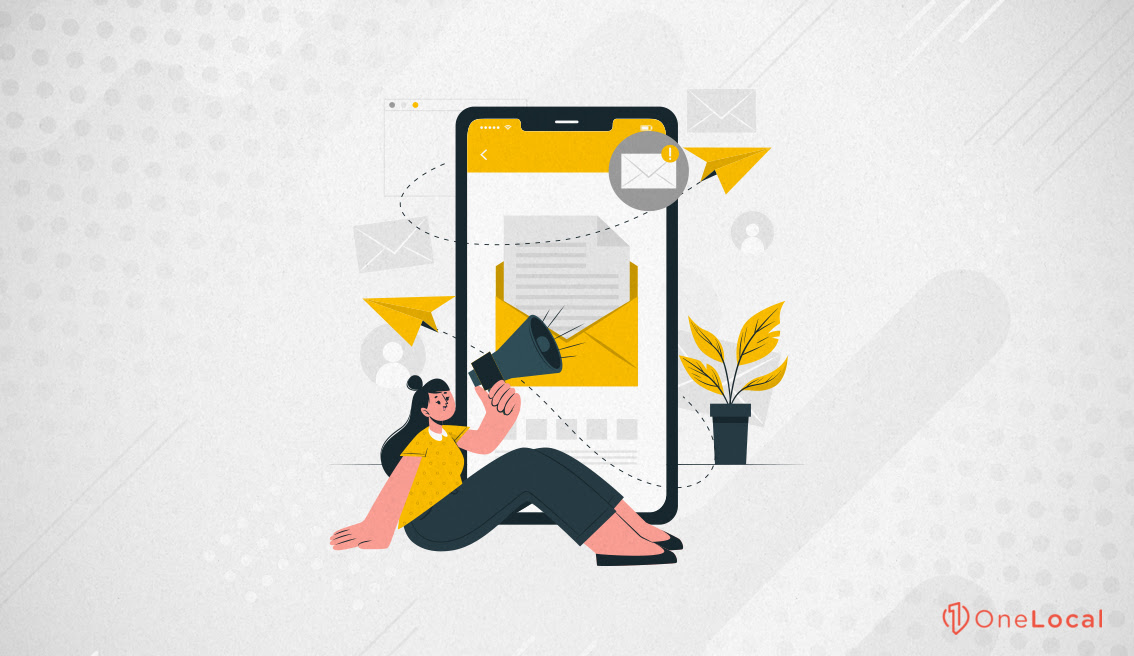
Overloading customers with messages won’t necessarily build stronger relationships or boost sales. It’s essential to dial in the right number of texts. How, you ask? By really getting to know how your customers operate, while respecting their privacy.
Consider this: a message every two weeks might be just the ticket to keeping your customers engaged – nothing over the top. Steer clear of cranking up the frequency too much; people may prefer to hear from you just once a week, depending on their routines.
Did you notice a jump in likes on your social media promotions, sort of like those discounted beers flying off the shelves during happy hour? That’s terrific! You could seriously fire up your strategy by giving regular text promotions a go too. This way, you cook up an irresistible mix of contact points your customers just can’t ignore.
Here’s to making text messaging a major part of your wider marketing plan. Surprisingly, 80% of customers prefer texting conversations. But, marketers know it takes more than a single approach to create a lasting impression.
Sending Your First Scheduled Message
Your message should be clear but warm—think a friendly nudge rather than a cold call. Are you reminding them about an appointment? Thanking them for a recent purchase? Each word counts, so make sure it’s personal and packs value.
Keep in mind that timing is everything. Schedule texts when customers are most likely to read them; avoid early mornings or late nights unless you know they’re night owls or early birds by choice.
Picking when to send out messages can feel like guessing someone’s favorite color—you’ve got clues, but no certainty. Look at past interactions for hints on good time slots or test different hours and see what sticks.
If conditions change—like if they join another list segment within your CRM—the right software will let you adjust automatically, so each text still feels tailor-made just for them.
The beauty here lies in learning through doing; every sent message refines your strategy more sharply than any theory could hope to do—and soon enough, sending these little digital notes becomes second nature.
Are you looking for a solid platform to help you with all of your text messages and integration with your customer list? Look no further than OneLocal’s LocalMessages. Our platform is built for local service businesses like yours.
Metrics to Track
Metrics are the backbone of an SMS strategy; they’ll show you which of your campaigns are working, where you’re losing customers, and when they resonate with your messages the most, among others.
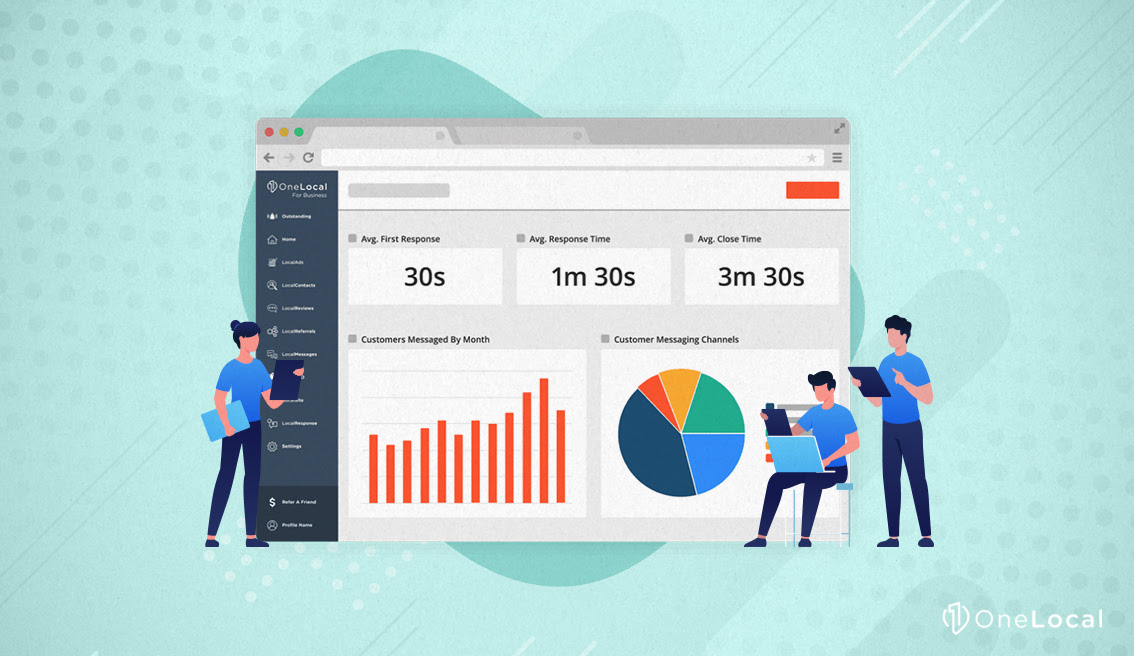
Here are some of the most important ones:
- Open Rate. Have you ever come across the phrase “first impressions count”? If we’re talking about the world of SMS, that all comes down to your open rate. It’s the share of texts that recipients open. If your texts aren’t being opened, seriously, they’re not doing their job. Open rates show just how attention-grabbing your starting texts are. It’s your spark, your draw, and the big headline that piques interest.
- Response Rate. Now, have you ever wondered about what gets people talking in your text campaigns? That’s where the response rate steps into the picture. It keeps track of interactions, whether it’s a reply to a text or a click on a link. It’s your bird’s-eye view of how well your texts work.
- Conversion Rate. The big one is about the share of recipients who perform the action you want. Maybe it’s clicking a specific link, making a purchase, or scheduling an appointment. Why should you bother about this? Well, this measurement is a treasure trove. It shows you the real influence of your texts in achieving your business goals. It’s your handy guide to what’s getting people to react.
- Unsubscribe Rate. So, let’s confront the giant in the room. This refers to how often people decide they don’t want your texts anymore. A high unsubscribe rate might suggest you’re sending too many texts or that your content isn’t relevant. It’s important to keep an eye on it, as it’s a telling bellwether.
- Delivery Rate. How can you measure a message’s effect if it doesn’t even land where it’s supposed to? The delivery rate expresses the share of messages that get through successfully. It’s an essential player in checking how trustworthy your texting service is and the quality of your list of contacts.
- Click-Through Rate (CTR). Ever mull over the links you include in your texts? CTR is about the share of recipients who engage with your links. Sounds important, right? It’s like a lens, helping you to get a clearer look at how good your texts are at driving website visits.
- Cost-Effectiveness. Time to talk about the money part. It’s not enough to just keep tabs on traditional metrics. You need to stack up the cost per message against the money it brings in. It’s your pass to understand the return on investment for your campaign.
- Direct Customer Feedback. Here’s a suggestion – why not communicate directly with your customers? Via follow-up surveys or texts, getting feedback straight from customers might uncover hidden opportunities or parts needing improvement. Always keep in mind that your customers have the answers you’re after.
- Segmentation Performance. Check out how different groups respond to your texts. Who’s all for it? Who’s not? Sculpt your future campaigns based on these findings to achieve better alignment, more interaction, and conversions.
When it comes to tracking metrics, your choice of software matters quite a bit. It’s a good idea to pick a partner that has ample metrics and an intuitive dashboard to track your performance.
Improve Your Client Messaging
Back in your school days, getting a text felt a bit like getting passed a secret note in class, right? Even today, text messages command more focus. They slice through distractions much more effectively compared to emails. But, the timing of a text plays a big part in how impactful it is.
Let’s think about getting alerts for future tasks. Maybe you want to send a birthday text or a kind reminder about an upcoming sale. This is when scheduled SMS messages become most useful as you can weave timely conversations with customers who are ready and willing to chat with you.
So, are you ready to get started? LocalMessages provides an automated platform for your customers who prefer texting. They can chat on their terms at a time that fits them. To get a free personalized demo for your industry, visit our website and we’ll show you some options.

Rachel Solway is a seasoned marketing professional dedicated to empowering small businesses through innovative marketing strategies. With extensive experience at OneLocal, a leading marketing solutions provider, Rachel’s insights are helping thousands of local businesses navigate the digital landscape.

